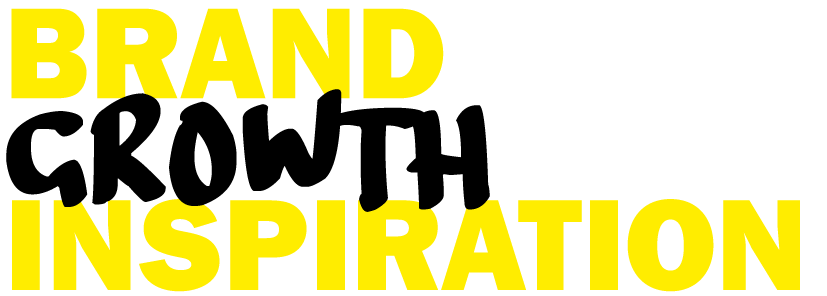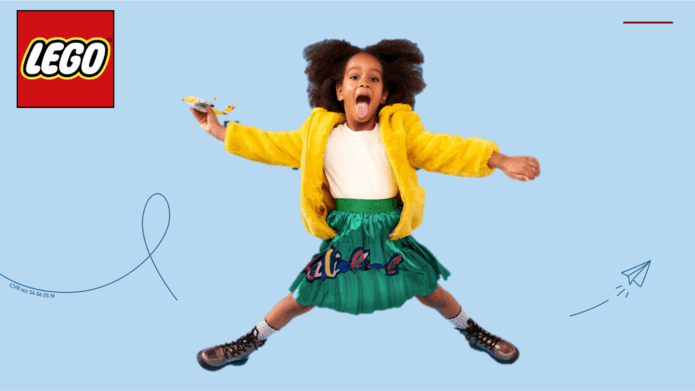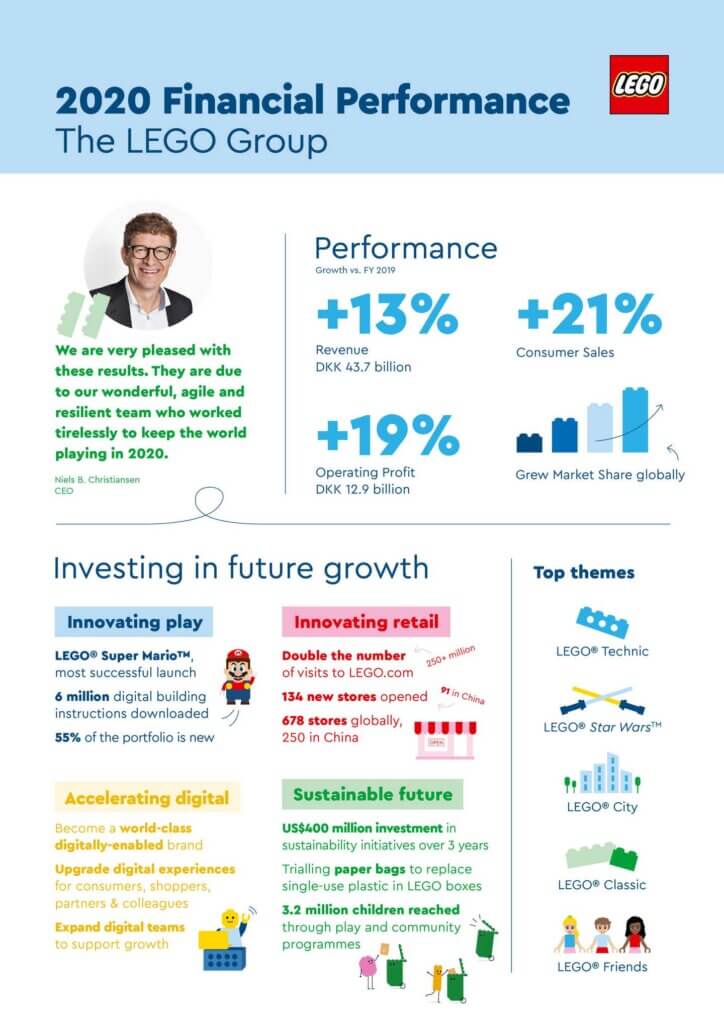Everyone loves LEGO for the great brand experience they create for all of us. This strength makes them grow from one record year to another.
I’m honoured assisting them in growing international partner retail and own retail since eight wonderful years.
I won big time in brand experience with my most demanding strategy assignment. I learned, what makes them successful and why we love this brand.

A childhood original, kept and passed on to my children (Photo: little Guido)
LEGO’s Secret Power
Have you ever wondered about the hidden forces bonding you with colourful blocks of acrylonitrile butadiene styrene strongly enough to make you pay 7–10 times their manufacturing cost? It’s outstanding brand experience, LEGO’s secret power to foster a stronger emotional bond than other experiences.
To understand LEGO’s secret, think about your last time you assembled Ikea furniture. Not that different from LEGO – both have you create it before you get to enjoy it. And both face the same challenges: the packing list needs to be 100% complete, and the instructions simple enough for a child to understand.
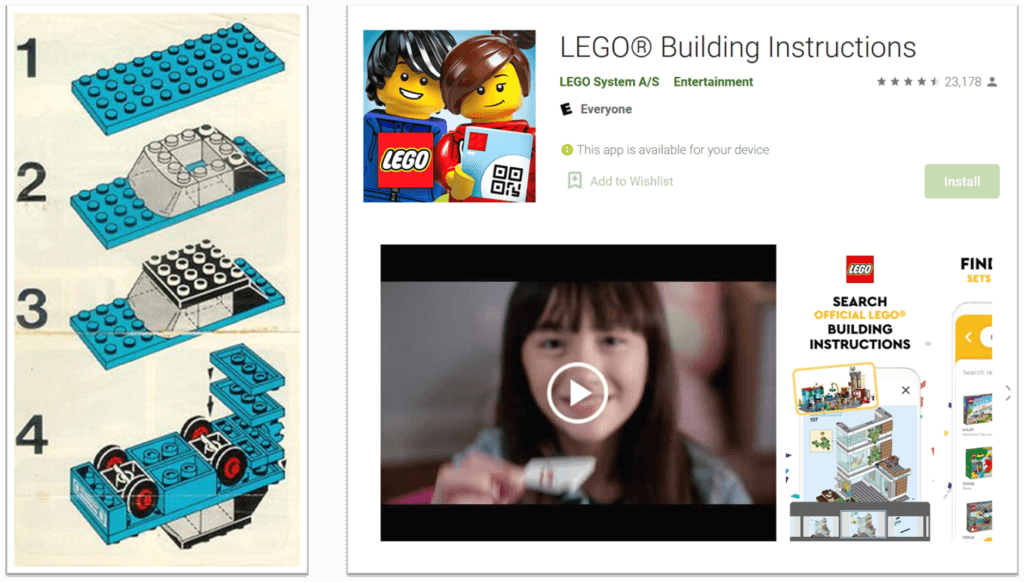
LEGO manuals, the old and new way (Graphic: Brand Pilots)
How would you feel about Ikea when you get stuck while building or when a piece is missing? Probably quite frustrated. And how would you feel about the same experience while building a LEGO set? Probably not so bad, even though you paid premium for simple plastic bricks. We tend to forgive LEGO more easily because of our childhood bond with those bricks. We forgive them because they entertain our kids when we are busy. We even forgive them when weeks before Christmas our daughter’s most wished for item is sold out due to poor planning.
We are so forgiving because, throughout our life, we experience joy with LEGO. We forgive because LEGO feels like family. And trust me, they work really hard on their brand experience to get us there.
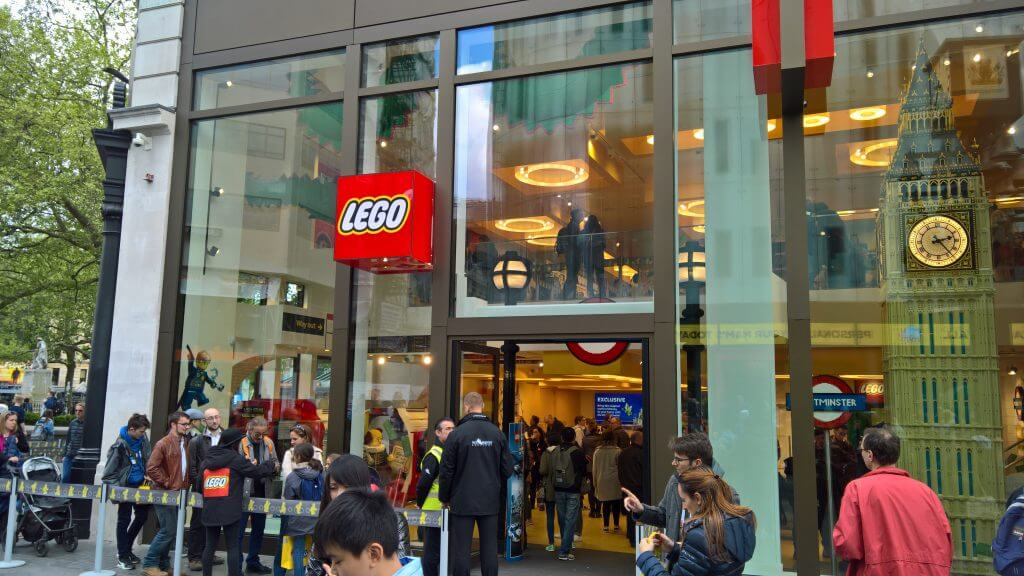
LEGO brand Stores, here in London, plan meticulously to ensure the right balance between brand experience and sales productivity (Photo: Brand Pilots)
Clutch is LEGO’s Brand Experience Superpower
To understand LEGO’s brand DNA, let’s take a quick look at the company’s history: Ole Kirk Christiansen starts the business in 1932 as a carpenter’s workshop in Billund, Denmark. When recession creeps in, Ole Kirk switches production to wooden toys. After all, children will always play, and distraction is needed now more than ever. The company has a bumpy beginning, but as early as 1936 the workshop had a wood carved sign proclaiming “Det bedste er ikke for godt” – only the best is good enough.
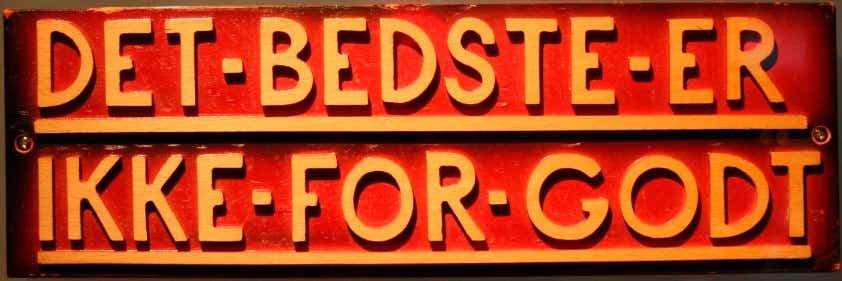
In 1949 LEGO begins producing interlocking bricks. But it took another nine years of trial and error before the bricks had the ‘clutch’ that made them sturdy enough to support a child’s most ambitious building projects. ‘Clutch power’ is the bricks’ capacity to snap tightly together while remaining easy to separate.
To fully understand this, imagine a micron, one thousandth of a millimetre, 0.001mm. To achieve clutch power, LEGO manufactures to a tolerance of 0.005mm, or 1/20 of a human hair. And this level of detail is lived throughout the company, applied to retail, online, customer service, and everything else they do. It doesn’t allow for fast decision making, but it makes for quality decisions. That clutch power is what sets LEGO apart. And if you work there, it’s this brand DNA that constantly pushes you to create better results.
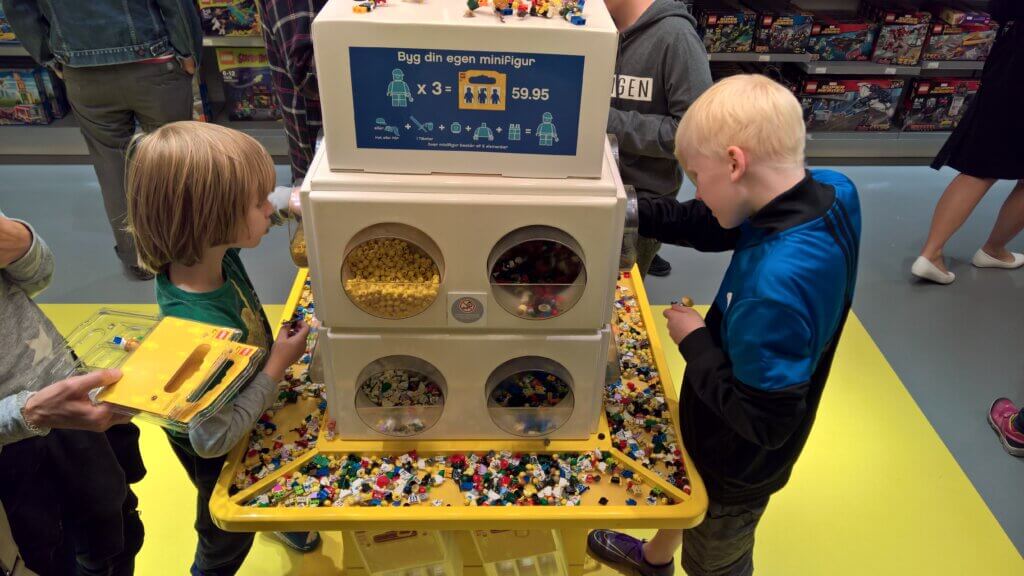
Dedicated Lego play zone, to create a bond between them and us (Photo: Brand Pilots)
What Happens If Brand Values Get Lost?
In the late 1990s, computer games invaded children’s play habits. Nintendo’s Gameboy was at the top of all Christmas lists, and Super Mario undermined the creativity of playing with LEGO. With hindsight, nobody can say who lost the connection first, consumers or LEGO. But LEGO began pushing low-cost manufacturing, own retail, theme parks, and even ventured into computer games and more. 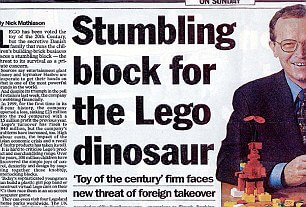 Strategically, none of that was wrong for a toy that appeared outdated. Nevertheless, it didn’t work and in 2004 the company reported its fourth year of heavy losses in a row. It became evident that LEGO was struggling for survival.
Strategically, none of that was wrong for a toy that appeared outdated. Nevertheless, it didn’t work and in 2004 the company reported its fourth year of heavy losses in a row. It became evident that LEGO was struggling for survival.
Literal minutes before bankruptcy, the family gave up leadership and new 36-year-young CEO Jørgen Vig Knudstorp steered the company out of crisis. He did so by returning to the core brand values and focussing on what LEGO does best: the manufacturing of traditional toys that inspire children’s creativity and play. He exited computer games, theme parks, and too ambitious own retail distribution. Instead, the company focussed on creating quality toys and brand experience. The rest is (more recent) history.
Sales quadrupled between 2004 and 2014, and the LEGO movie became a Hollywood blockbuster. And with that success, it looked for a moment like they’d lose it again. But this time, having “det bedste er ikke for godt” inscribed in the brand DNA worked well. The hiccup in sales and profits led to an immediate correction in management and strategy, and the company got back on its growth track.

LEGO’s growth path is built on an outstanding brand experience (Graphic: Statista)
In fact, the making of the movie tells a lot about the new LEGO. Unlike in the 1990s, LEGO did not venture into all those different businesses. They licenced the movie while continuing to focus on their core. Warner Brothers made the movie, and LEGO did quality control – like everything they do, down to the micron level. Upon release, the two directors admitted this was their third attempt at bringing this movie to market. Two earlier versions had been rejected by LEGO in their effort to create the very best brand experience.

The years that follow show that the brand’s strategy for higher quality and stronger brand experience pays off. The P&L reports show operating profits of 22%, going even higher for 2020, the year of closed schools. Excellent growth and profits despite turmoil in multi-brand toy retailing, despite a low share in DTC, despite global lockdowns. LEGO is back at the top of our hearts and minds: brand experience at its best.
Best Practice Brand Strategy
At first glance, LEGO’s story has all the ingredients of just another company growing from its origins to global presence, falling out of fashion and returning in a big way. If you’d like to go deeper into what went wrong and how LEGO turned it around, I highly recommend an excellent study and book written by Professor David Robertson, Brick by Brick.
For those who want the short version, this refreshing 20-minute interview with CEO Jørgen Vig Knudstorp, the master mind behind the turnaround, sums it up nicely.
It’s interesting how many similarities with Apple we can observe. Following the traditional brand growth textbook, both companies ventured into new business fields that made sense. And both failed heavily in doing so, before getting it right with a focus on the very best brand experience.
LEGO (like Apple) found its way back into consumers’ hearts, and we love them like our childhood buddies and our best family memories. We love them for fighting the big menace of computer games, and because they inspire our children when we don’t find the time. LEGO combines quality education with childhood memories. That ultimate brand experience is what makes it a most successful brand in a shrinking market of dying retailers – with DIY plastic products of the last century.
About the Author:
Guido graduated from building LEGO to become a brand strategy analyst and growth advisor. To discuss your ideas on brand experience or reminisce about childhood memories, get in touch with Guido via LinkedIn. Read more of his work here.
